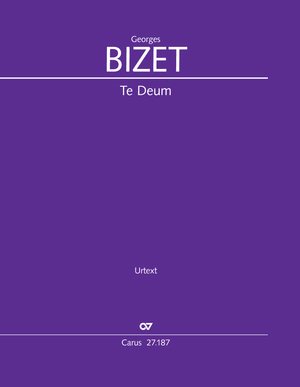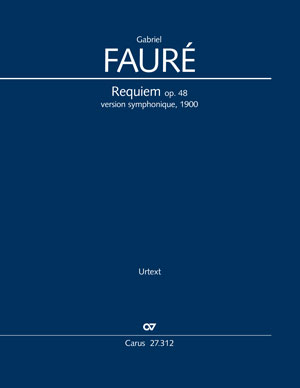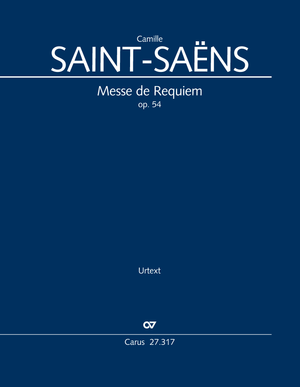Te Deum
1858
As an acclaimed opera composer, Georges Bizet admitted that he had no real sensibility for sacred music. His Te Deum is nonetheless a truly fascinating and highly expressive work. From the majestic “Te Deum laudamus”, to the skillful choral fugue of “Fiat misericordia tua”, and the opening's powerful recapitulation, the composition shows no trace of the difficulties that beset the young Bizet by his own admission before he finally completed the work in 1858.
In the extensive trilingual preface to this Urtext edition, editor Marc Rigaudière illuminates the circumstances surrounding the composition of the Te Deum, a work which occupies a singular position in Bizet’s œuvre. The edition is based on the composer’s autograph score — the work's only surviving source. For the first time, this work is available with all performance parts.
-
Composer
Georges Bizet
| 1838-1875
-
Editor
Marc Rigaudière
-
Vocal score arranger
Harry Schröder
| 1956-2022
Reviews
Die mustergültige musikwissenschaftliche Aufarbeitung spiegelt sich in dem ausführlichen Vorwort und einem kritischen Bericht wider.
Andreas Sagstetter, Musica sacra, Februar 2024
Vorbildlich ist dagegen das breite Angebot dieser Ausgabe, zu der nun erstmals neben der klar gestalteten Partitur und dem gut spielbaren Klavierauszug auch das Orchestermaterial käuflich erworben werden kann.
Chorzeit, No. 106. Juli/Aug 2023
Frequent questions about this work
What instrument, if any, can replace it?
With how many harps should the harp part be performed?
To which voice do "Dessus I" and "Dessus "II" correspond?
How many timpani are needed?
With which work is the "Te deum" well combined?
 There are no questions and answers available so far or you were unable to find an answer to your specific question about this work? Then click here and send your specific questions to our Customer Services!
There are no questions and answers available so far or you were unable to find an answer to your specific question about this work? Then click here and send your specific questions to our Customer Services!






